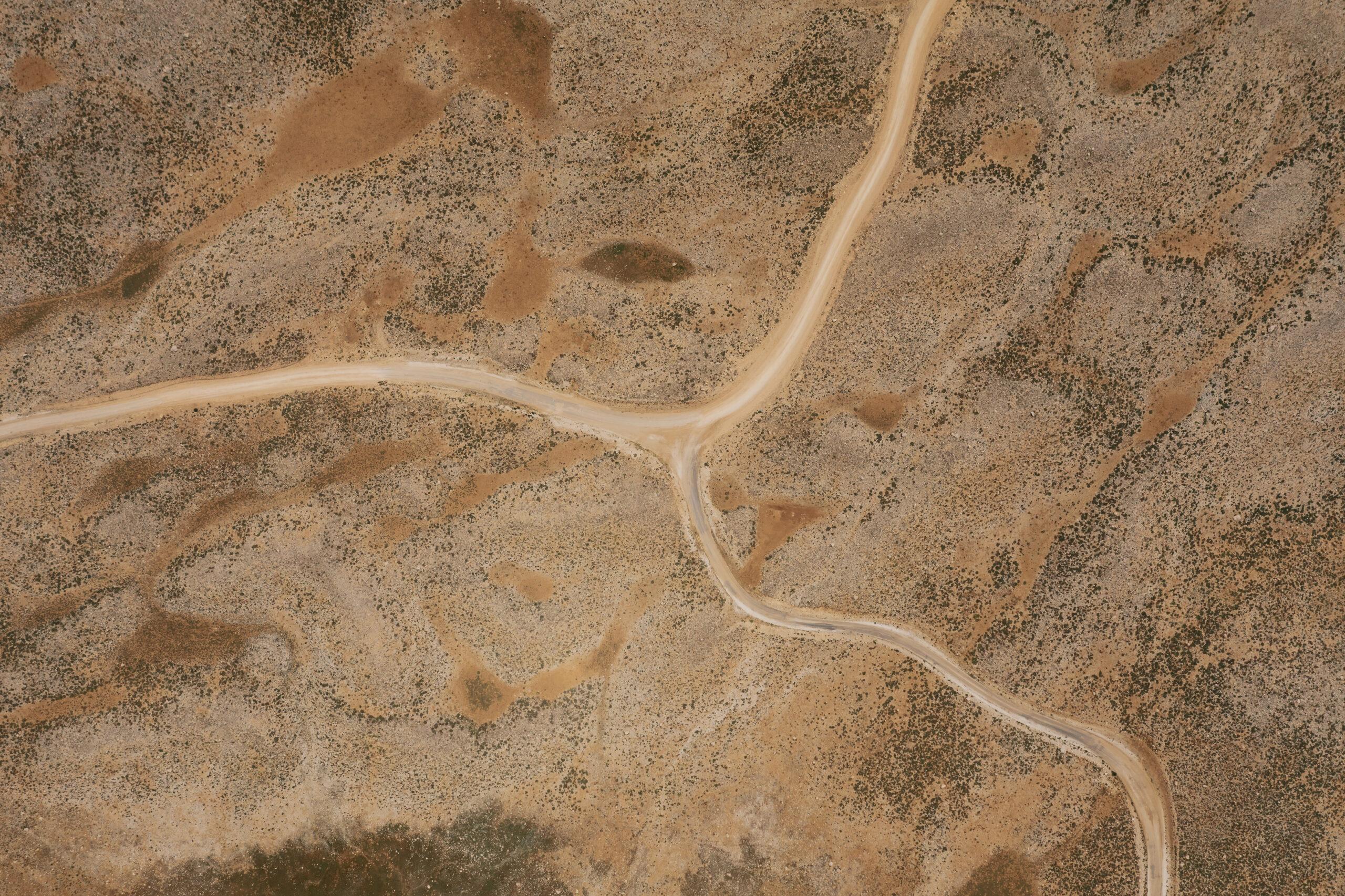Ancient Footprints Reveal Two Human Species Coexisted 1.5 Million Years Ago
Rare Fossilized Tracks in Kenya Show Homo erectus and Paranthropus boisei Shared the Same Landscape
By Michael Marshall
A remarkable set of 1.5-million-year-old footprints discovered near Kenya’s Lake Turkana provides some of the strongest evidence yet that two distinct human species once lived side by side in the same region. The fossilized tracks, preserved in hardened silt and sand, appear to belong to Homo erectus, a direct ancestor of modern humans, and Paranthropus boisei, a stout-jawed hominin with a vastly different anatomy.
The findings, published in a new study led by Dr. Kevin Hatala of Chatham University, suggest these two species not only overlapped in time but may have interacted—or at least shared the same lakeshore—for more than 100,000 years.
“It’s really exceptional that we find this evidence for two different species walking across that surface,” says Hatala. “This is one of the clearest examples we have of multiple hominins coexisting in the same place.”

A Chance Discovery on the Shores of Lake Turkana
The footprints were first spotted in 2021 at Koobi Fora, a fossil-rich region on the eastern side of Lake Turkana. A team from the Turkana Basin Institute, including Kenyan researcher Richard Loki, identified the tracks in a dried-up sediment layer.
- The main trackway consists of 12 footprints in a straight line, likely made by a single individual.
- Three isolated prints nearby appear to belong to three different individuals.
- The lack of mud cracks or overlapping tracks suggests all the prints were made within minutes or days of each other.
Using geological dating methods, researchers determined the sediment layer was 1.52 million years old—placing it at a pivotal time in human evolution, when multiple hominin species still roamed Africa.
Two Species, Two Walking Styles
Analysis of the footprints reveals striking differences:
- Homo erectus-like tracks (the isolated prints)
- Show a modern human-like stride: heel strikes first, followed by a rolling motion and push-off from the toes.
- Consistent with Homo erectus, the first hominin known to have long legs and a body built for endurance walking.
- Paranthropus boisei-like tracks (the 12-print trail)
- Wider, with a different weight distribution, suggesting a bulkier, more ape-like gait.
- If confirmed, this would be the first direct evidence that P. boisei walked fully upright.
“With footprints, you can never be 100% sure who made them,” says Dr. Ashleigh Wiseman (University College London), who was not involved in the study. “But since only H. erectus and P. boisei fossils have been found in this area, these are the most likely candidates.”
A Tale of Two Hominins
The two species were radically different:
| Trait | Homo erectus | Paranthropus boisei |
|---|---|---|
| Brain size | Larger (~900 cm³) | Small (~500 cm³) |
| Jaws/teeth | Human-like, varied diet | Massive jaws, adapted for tough plants |
| Body shape | Tall, long-legged, endurance walkers | Stocky, possibly more ape-like |
| Fate | Spread out of Africa, ancestor to us | Went extinct ~1.2 million years ago |
Peaceful Coexistence—Until Climate Changed
The footprints suggest these two species shared the landscape for over 100,000 years without direct conflict.
- H. erectus likely ate a mixed diet (meat, plants, possibly scavenged carcasses).
- P. boisei specialized in hard, fibrous vegetation, reducing competition.
“Both could carve out their own niche,” says Hatala. “But when environments shifted, the more adaptable H. erectus survived, while P. boisei vanished.”
Why This Discovery Matters
- First clear evidence that P. boisei walked fully upright.
- Shows prolonged coexistence of two human species.
- Highlights how climate change may have driven extinctions even among early humans.
“Footprints give us a snapshot of behavior that bones alone can’t,” says Wiseman. “This is like catching these species in motion, living their daily lives.”
What’s Next?
Researchers plan to:
- Scan more tracks in the region to map movement patterns.
- Study fossilized plants and animals to reconstruct the ancient ecosystem.
- Search for additional evidence of interactions between the two species.
Further Reading:
- “The Hominin Footprints of Koobi Fora” – Nature Human Behaviour
- “Diet and Extinction in Early Humans” – Journal of Human Evolution
- “Lake Turkana’s Fossil Treasures” – National Geographic
Image Credits: Reconstructions based on fossil evidence (public domain).
This article is based on peer-reviewed research and is free to reproduce with attribution. For updates on human evolution discoveries, follow #AncientFootprints on social media.

